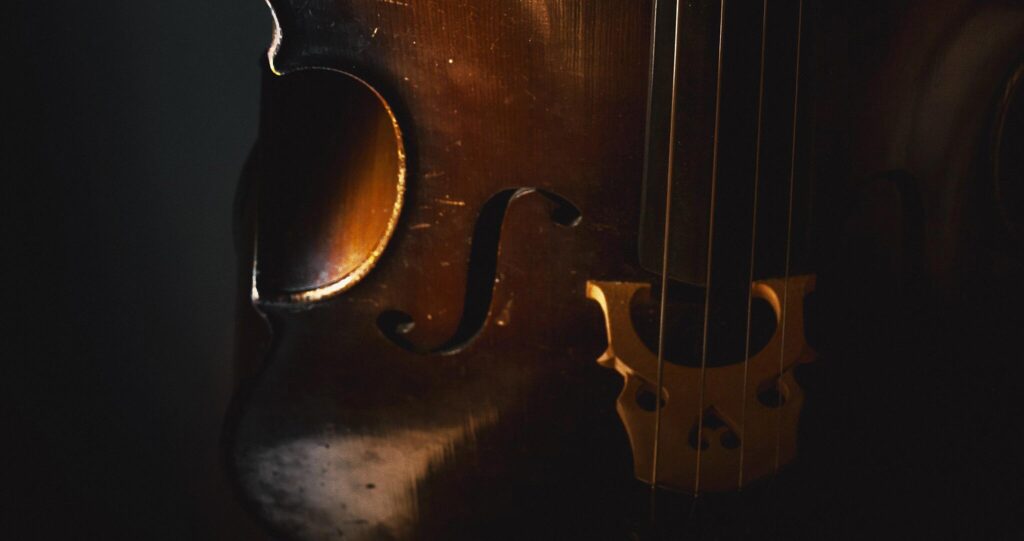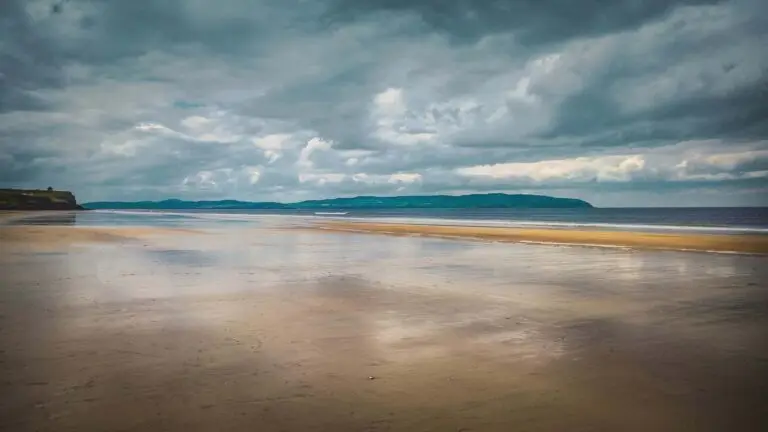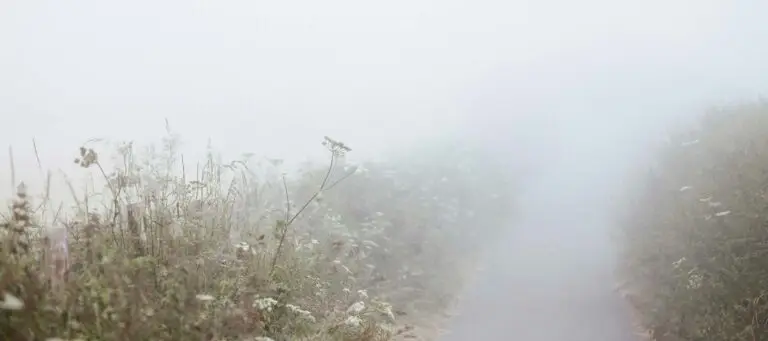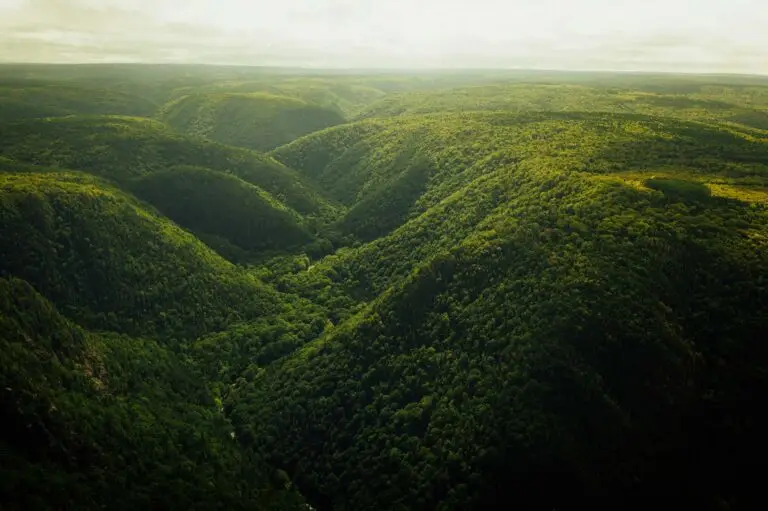In the world of Irish traditional music, County Clare holds a sacred place. Nestled along Ireland’s rugged west coast, this cultural hub is a haven for musicians, dancers, and lovers of all things trad. Central to Clare’s rich musical heritage is its distinctive fiddle style, a blend of lyrical grace, rhythmic precision, and expressive ornamentation. To hear a Clare fiddler is to experience a direct line to the soul of Irish music—emotive, elegant, and deeply rooted in the land from which it sprang.
What Defines the Clare Fiddle Style?
The Clare fiddle style is often described as smooth and melodic, with an emphasis on expression rather than sheer speed or technicality. It’s a style that invites listeners to sink into the music, with every bow stroke carefully considered. Clare players often favour long, flowing bowing patterns, giving their tunes a natural, unhurried quality that allows the melodies to breathe.
This approach contrasts with other regional styles, such as the fiery, dotted rhythms of Donegal or the punchy, dance-driven playing of Sliabh Luachra. In Clare, the fiddle’s voice leans toward the soulful and poetic, often with a touch of melancholy. Ornamentation—rolls, cuts, and slides—is used sparingly and tastefully, enhancing the tune without overwhelming it.
Tunes and Phrasing
While Clare fiddlers play the full range of Irish dance forms, they are particularly celebrated for their reels and hornpipes. These tunes are often infused with subtle swing and phrasing that reflects the county’s deep connection to traditional set dancing. The Clare style values musical storytelling, with players taking time to explore the nuances of a melody rather than rushing through it.
This lyrical approach also owes much to the influence of concertina and flute players in Clare, whose flowing, breath-driven phrasing shaped the way fiddle tunes are interpreted. A Clare fiddler might stretch or pause slightly at the end of a phrase, creating a natural ebb and flow that mirrors the rhythms of speech.
The Giants of Clare Fiddling
East Clare
Paddy Canny (1919–2008) was one of the most revered fiddlers to emerge from County Clare, particularly from the East Clare tradition. Born in Glendree, near Feakle, Canny grew up in a household rich with music—his father, Pat Canny, was a respected fiddler who passed on the local repertoire and style to his son.
Canny’s playing was marked by a smooth, unhurried elegance, a hallmark of the East Clare style. His tunes were infused with emotional depth, reflecting the lyrical and contemplative qualities that define the music of the region. Paddy’s reputation grew significantly in the 1950s when he became a founding member of the Tulla Céilí Band, whose recordings helped bring the music of East Clare to a wider audience.
One of Canny’s most enduring contributions was the iconic album All-Ireland Champions: Violin, recorded in 1959 alongside P.J. Hayes, Peadar O’Loughlin, and Bridie Lafferty. This album remains a touchstone for traditional fiddlers worldwide. Canny’s legacy is not just in his recordings but in the inspiration he provided to generations of Clare musicians who sought to emulate his gentle, heartfelt approach to music.
No discussion of the Clare fiddle style is complete without mentioning Martin Hayes, one of the most famous contemporary exponents of the tradition. Born in East Clare, Hayes has brought the county’s unique sound to audiences worldwide, blending traditional tunes with modern sensibilities while staying true to the heart of Clare music. His playing is a masterclass in subtlety and feeling, with every note imbued with emotion. A fantastic example of a fiddler who has mastered the “Lonesome Touch”—a distinctive use of sliding up to a note for expression which is a characteristic of the Clare fiddle style. Double rolls and smooth bowing are more attributes associated with Martin Hayes.
West Clare
Bobby Casey (1926–2000) was a towering figure in the West Clare fiddle tradition, born in the townland of Annagh near Miltown Malbay. The son of Scully Casey, a highly respected piper, Bobby grew up steeped in the music of his home region, known for its robust and expressive style.
The West Clare tradition, unlike the gentler, more meditative East Clare style, is characterised by bold bowing, rhythmic drive, and strong melodic expression. Bobby Casey’s playing embodied this vibrancy while adding his own unique flair. His music often featured subtle ornamentation and innovative phrasing, reflecting both his mastery of the tradition and his openness to exploration.
Casey’s style was profoundly shaped by his father and by other local players such as Junior Crehan. However, his move to London in the 1950s placed him at the heart of the thriving Irish music scene there, where he became a key figure in the London Irish tradition. In sessions and collaborations, he influenced a new generation of players, blending the raw energy of West Clare with his own deeply personal touch.
One of Bobby Casey’s most celebrated recordings is Casey in the Cowhouse, a collection of tunes that captures the essence of his playing: bold, intricate, and utterly captivating. His music stands as a testament to the enduring power of the West Clare style, a tradition that continues to inspire fiddlers across the world.
Going back further, Junior Crehan (1908–1998) stands as a towering figure in Clare’s fiddle history. A farmer from West Clare, Crehan was not only a brilliant fiddler but also a gifted composer, contributing iconic tunes like “The Mist Covered Mountain.” His playing captured the essence of Clare music: unhurried, heartfelt, and deeply connected to his community. His original compositions are highly respected in the Clare tradition and still enjoyed to this day.
The Clare Sessions
For those seeking the true heart of Clare music, nothing beats experiencing it in its natural habitat—a session in a cozy pub. Towns like Ennis, Miltown Malbay, and Doolin are famous for their lively music scenes, where locals and visitors gather to share tunes late into the night. These sessions are where the Clare fiddle style truly comes alive, with players feeding off each other’s energy and weaving intricate musical conversations. I have visited Milltown Malbay during the Willie Clancy Summer School festivities—and the craic is mighty! Every pub was bursting at the seems with musicians from all over Ireland and the world. Pints were flowing, people were listening, and the sun was splitting the rocks in the Banner County of Clare.
A Living Tradition
The Clare fiddle style is more than a technique—it reflects the landscape of the county itself: rugged yet beautiful, timeless yet ever-changing. It’s a reminder that Irish traditional music isn’t just about preserving the past; it’s about celebrating the present and ensuring the music thrives for future generations.
Resources
Paddy Canny and Frankie Gavin of De Dannan playing in the The Crosses Of Annagh Pub outside Milltown Malbay.
Martin Hayes showcasing a well loved Clare reel Rolling In The Barrel.
Bobby Casey playing two reels The Reel of Mullinavat and Tie The Ribbons.
Junior Crehan’s influence on Planxty and the playing of The Mist Covered Mountain.
Crehan’s descendants playing original compositions of Crehan.



